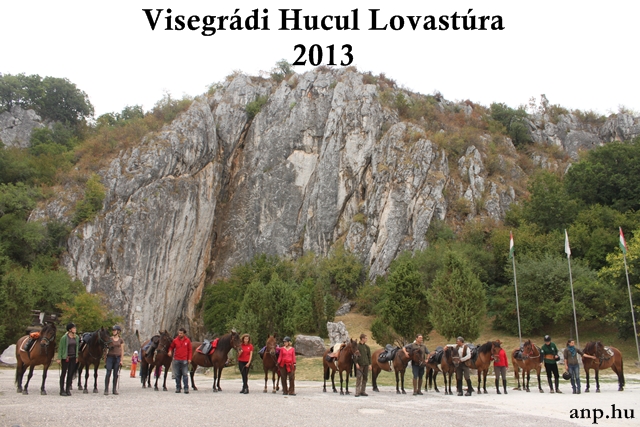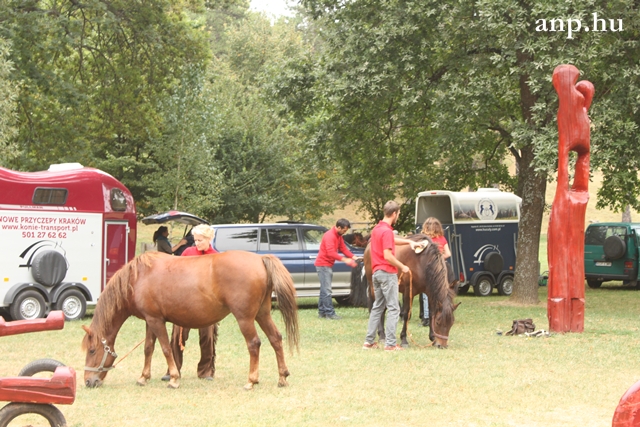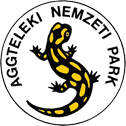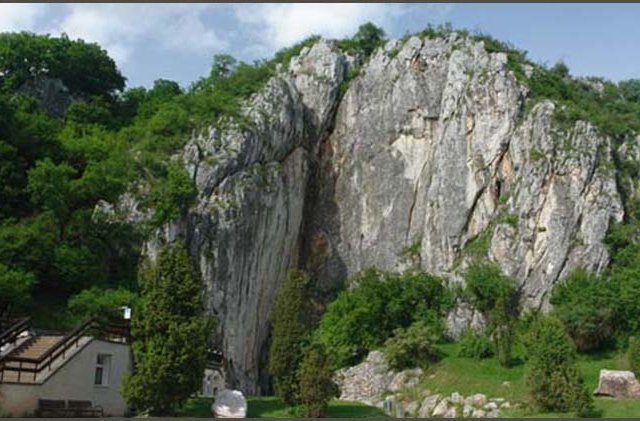500 km on Horseback: An International Journey by Hucul* (Summary)

On August 27, 2013 an international group of riders from Aggtelek National Park’s Hucul Stud Farm and Riding Centre, Slovensky Hucul Klub (Slovakia), Stadnina Koni Huculskich „Gladyszów” Sp. Z o.o. w Regietowie (Poland), and the Cseh Farma Hucul s.r.o. (Czech Republic) set off on a 500km/310 mile cross-border journey on horseback. Along the way, other hucul enthusiasts joined the party for short stretches. The trip had a number of objectives, not the least of which was to celebrate the 20th anniversary of the Polish Gladyszów Centre on September 14th. However, the primary aim of the journey was to prove that the Carpathian hucul breed’s ability to negotiate difficult terrain over long distances is unparalleled. Moreover, the adventure would help serve to popularize the hucul horse, its use and preservation. Our goals were achieved beyond expectations. The project was realised than ks to the gracious financial support of the International Visegrad Fund.
ks to the gracious financial support of the International Visegrad Fund.
The blazing of the trail, rest stops, and accommodation were organised by each country within each club’s territory. The longest section of the route consisted of 11 stops within Slovakia. Only one night was spent in Hungary, but that also involved 3 stops.
The route was as follows: departure from Aggtelek (HU), Sájomercse, Rimavské Jánovce, Kokava nad Rimavicou, Sihla, Michalová, Veľká lúka, Mlynky, Poráč, Spišský Hrad, Brutovce, Rožkovan, and arriving in Gladyszów (PL).
Riders from Aggtelek National Park included Imre Mihalik, Tamás Kondrát, Bence Hudák, Gergő Boros and Benedek Gál. Hungarian techincal support was provided by Krisztián Boros, Marianna Marosi, Lajos Simon, János Farkas, István Bodnár, and Róbert Kiss. The Slovakian team was made up of Milan Gonda, Veronika Huda, Alexandra Kukumbergová, Madaléna Krosláková and Zdeno Pochop, with Matej Gonda providing technical assistance. The Czech Republic was represented by Betka Karbusická and Barbora Dvoráková. Polish contingent included Marek Harbaszewsky, Iwona Zalaczkowska and Malgorzata Sobolska with assistance from Barbara Jaklinska.
The riders spent 14 days in the saddle, often 8-10 hours a day. In the process, they surpassed the originally planned 400 km distance and actually travelled more than 500 km. The route in large part covered mountainous terrain and severe fluctuations in elevation. The horses did not go through any special training prior to the 3 week long trip, only normal daily use. They easily adapted after being thrown into a new harsh routine. There was not a single injury to either horses or riders. Two 2-day re

st stops were made; one in Sihla, Slovakia (after 4 days), and then in Poráč, Slovakia (after 10 days). During these longer layovers, and at any other opportunity presented, veterinarians examined the horses. The horses were only allowed to continue with veterinarian permission. Furthermore, a
farrier accompanied the group for one week. Daily inspections were made of the legs, hoofs and horseshoes. Maintaining the daily rhythm was very important; the main focus being on paying attention to the route, its natural beauty, and the general well-being of the horses. In practice, this meant walking the horses for 20 minutes for every 1.5-2 hours in the saddle. The horses were led if unusually steep slopes were encountered.
From the initial moment, the international participants were able to work together effectively and form a tight bond. Since he also spoke Hungarian, Slovakian Milan Gonda was the primary communication channel during the first days. Adventures along the way served to bring the group even closer together. After several wild bee attacks, as well as the normal joking during breaks, a translator became unnecessary. In the end, it was enough to share a common passion for horses to break down any language barriers; leaving only wide grins, pride and satisfaction.
During these full days, there was at least one thing all the riders could agree on: wouldn’t it be grand if people could more often escape the hustle and bustle of the modern world and experience the natural rhythms among nature? Today’s youth only know horses traversing mountains, valleys and forests from western films where the cowboys chat and play the harmonica besides crystal steams and campfires. However, this experience is not out of reach! Horse trekking is easily accessible in most countries, including of course at the national riding centres mentioned in this article.
For the horses, the ride tested the abilities, capacity, aptitude and fitness of the hucul breed. In the case of the riders and the participating organisations, we hope that a new annual tradition has been born.
To be continued: sections of the travel diary will be uploaded to the website as time and capacity permits. We hope that you will enjoy reading further about the 500km international adventure on horseback.
- summary by Marianna Marosi, Aggtelek National Park Directorate


 ks to the gracious financial support of the International Visegrad Fund.
ks to the gracious financial support of the International Visegrad Fund.  st stops were made; one in Sihla, Slovakia (after 4 days), and then in Poráč, Slovakia (after 10 days). During these longer layovers, and at any other opportunity presented, veterinarians examined the horses. The horses were only allowed to continue with veterinarian permission. Furthermore, a farrier accompanied the group for one week. Daily inspections were made of the legs, hoofs and horseshoes. Maintaining the daily rhythm was very important; the main focus being on paying attention to the route, its natural beauty, and the general well-being of the horses. In practice, this meant walking the horses for 20 minutes for every 1.5-2 hours in the saddle. The horses were led if unusually steep slopes were encountered.
st stops were made; one in Sihla, Slovakia (after 4 days), and then in Poráč, Slovakia (after 10 days). During these longer layovers, and at any other opportunity presented, veterinarians examined the horses. The horses were only allowed to continue with veterinarian permission. Furthermore, a farrier accompanied the group for one week. Daily inspections were made of the legs, hoofs and horseshoes. Maintaining the daily rhythm was very important; the main focus being on paying attention to the route, its natural beauty, and the general well-being of the horses. In practice, this meant walking the horses for 20 minutes for every 1.5-2 hours in the saddle. The horses were led if unusually steep slopes were encountered.

